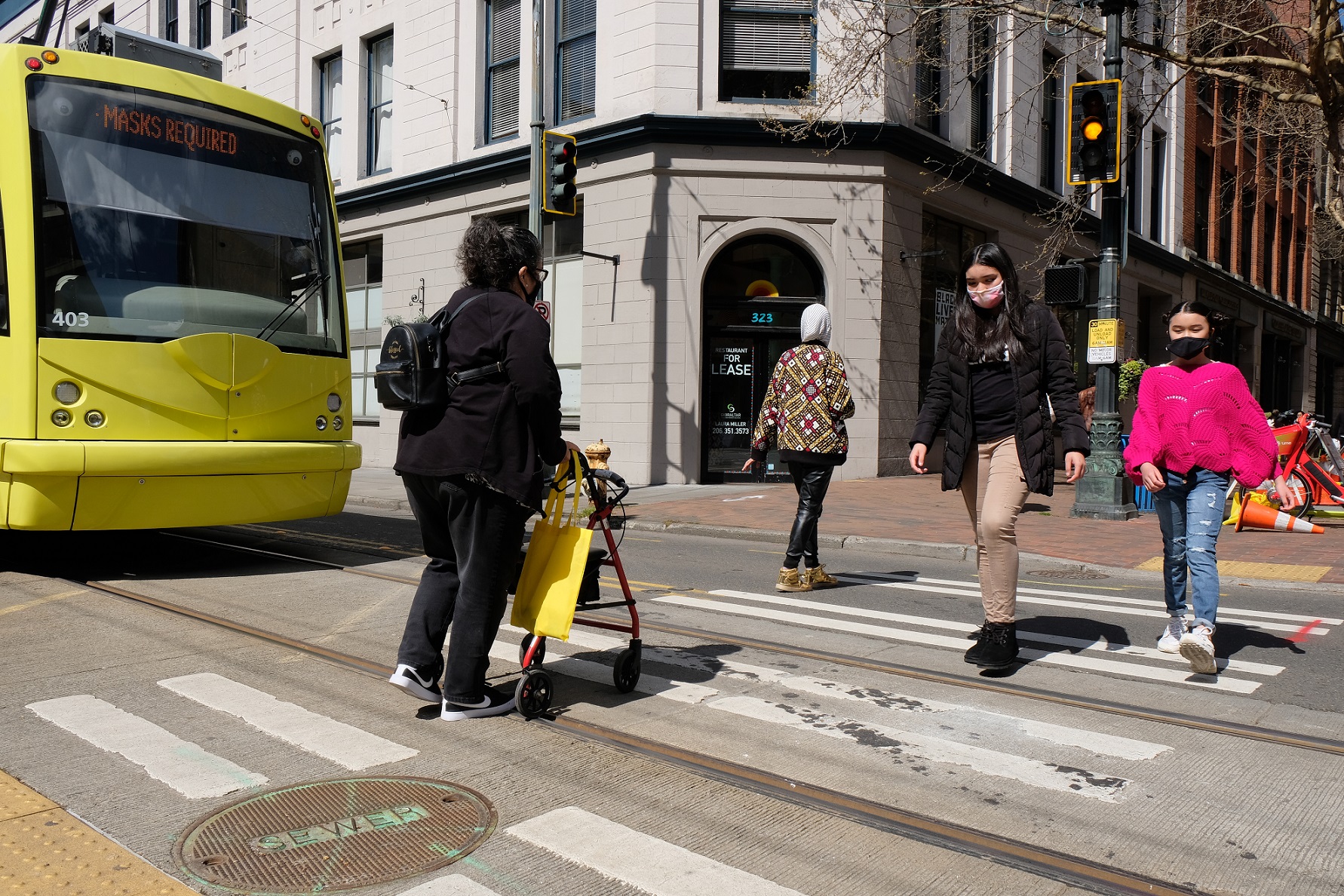 People walk across the street in Seattle’s Pioneer Square neighborhood. The Seattle Streetcar is visible to the left. Photo credit: Youth photographer Kaelau AOAE, in partnership with Young Women Empowered.
People walk across the street in Seattle’s Pioneer Square neighborhood. The Seattle Streetcar is visible to the left. Photo credit: Youth photographer Kaelau AOAE, in partnership with Young Women Empowered. Our Pedestrian Projects Toolkit at-a-glance
As part of our overall Pedestrian Program, the Seattle Department of Transportation (SDOT) has developed a Pedestrian Projects Toolkit that provides estimated costs, timelines, and additional contextual details on pedestrian safety and traffic calming improvements.
The toolkit is available in English, as well as the following languages: Spanish, Chinese (traditional and simplified), Vietnamese, Somali, Amharic, Korean, Oromo, Tagalog, and Tigrinya.
We use the toolkit to evaluate and communicate many of the most common pedestrian-focused infrastructure that our crews install throughout Seattle’s network of streets, sidewalks, and other areas within the city’s transportation network. Data from Seattle and around the country helped inform our desired project safety outcomes. These include reducing travel speeds to improve safety and reducing the number of collisions occurring on city streets.
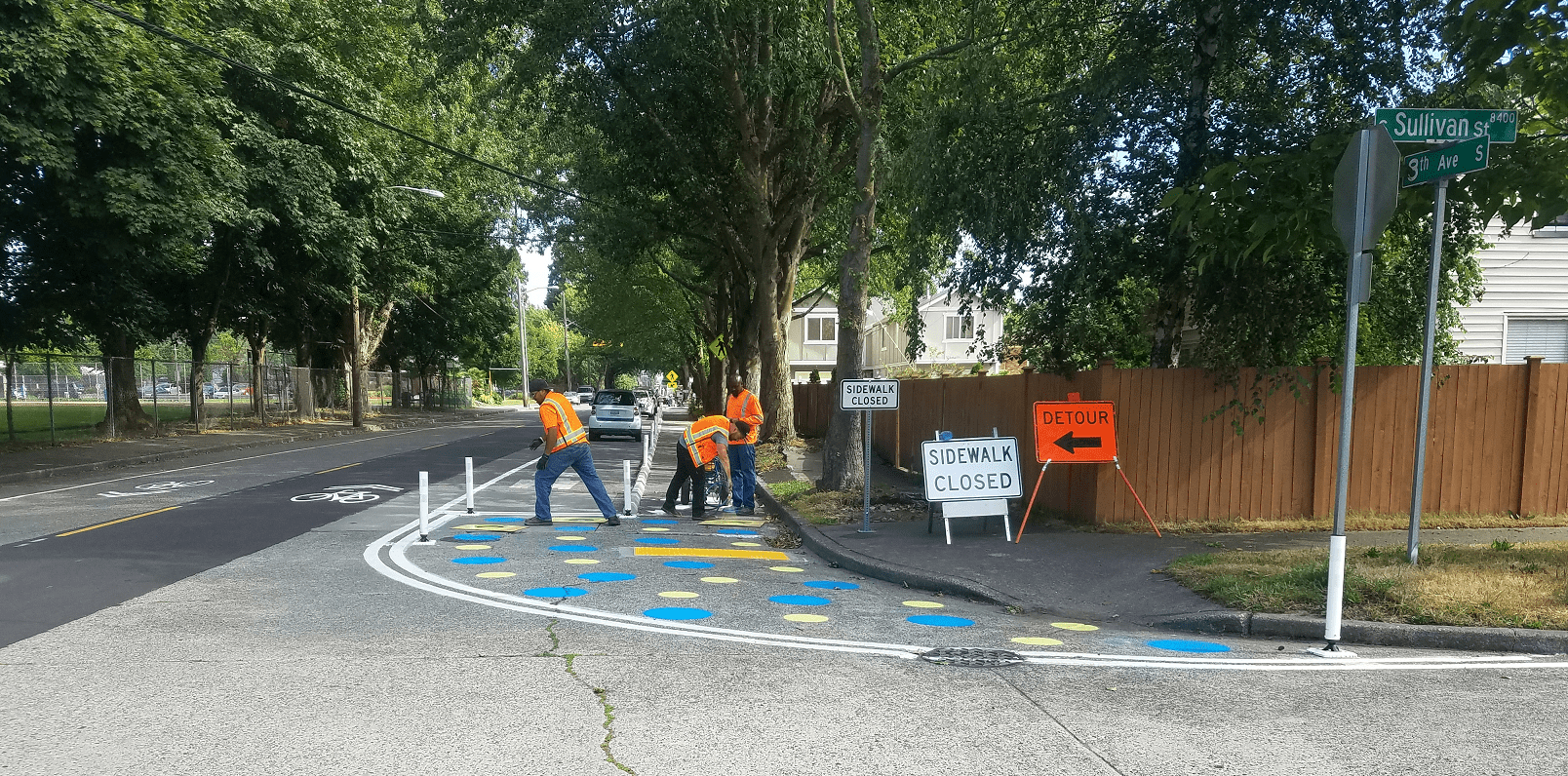
What does the Pedestrian Projects Toolkit include?
Great question. As shown in the two images below, our Pedestrian Projects Toolkit helps us to evaluate potential changes to the public right-of-way. This includes things like sidewalks, crosswalks, curb bulbs, curb ramps, rapid flashing beacons, and a wide range of other pedestrian safety infrastructure elements.
The toolkit also helps us to evaluate each item’s estimated cost, approximate installation timeline, how they would help improve safety and accessibility, and other factors that our team considers.
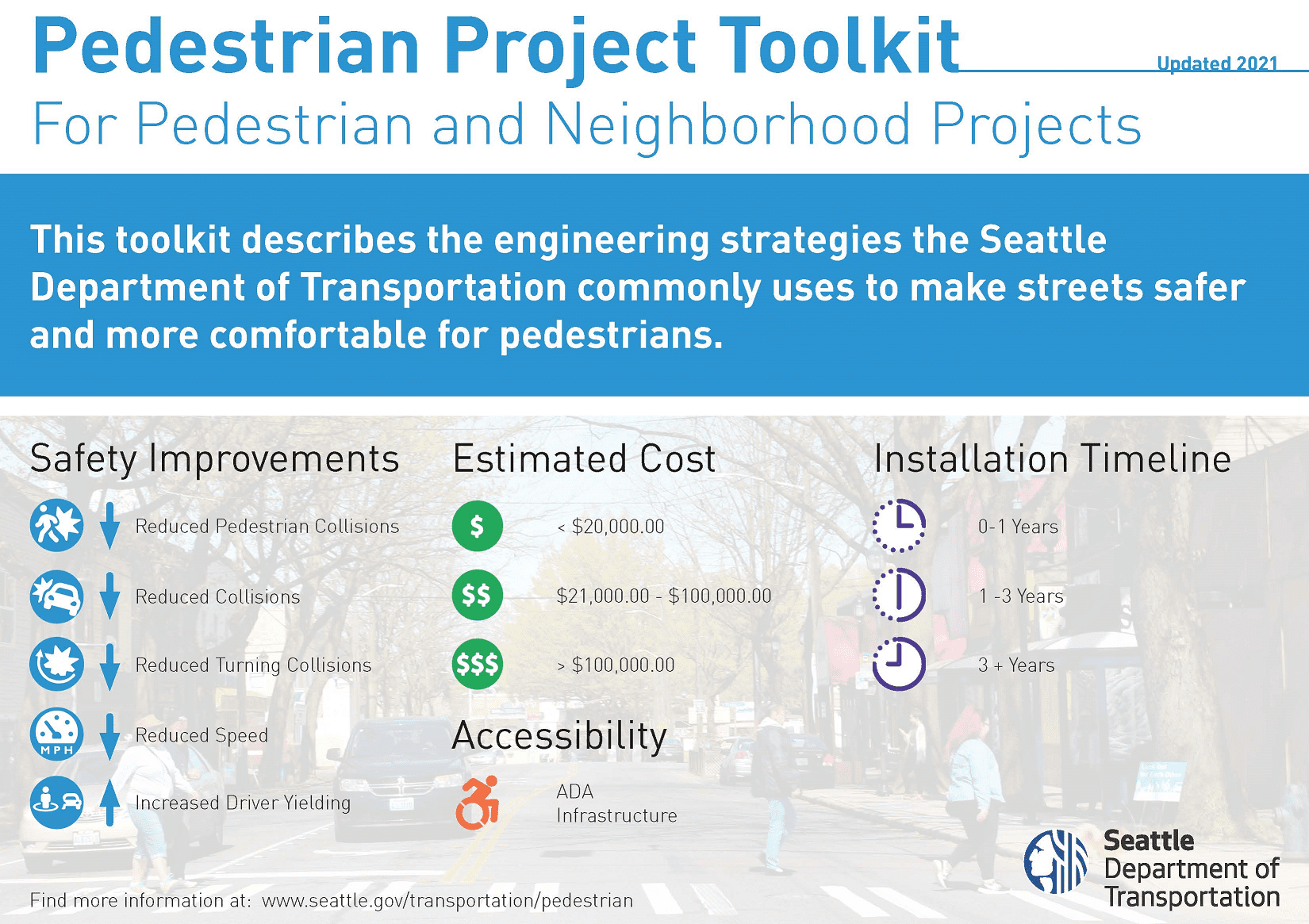
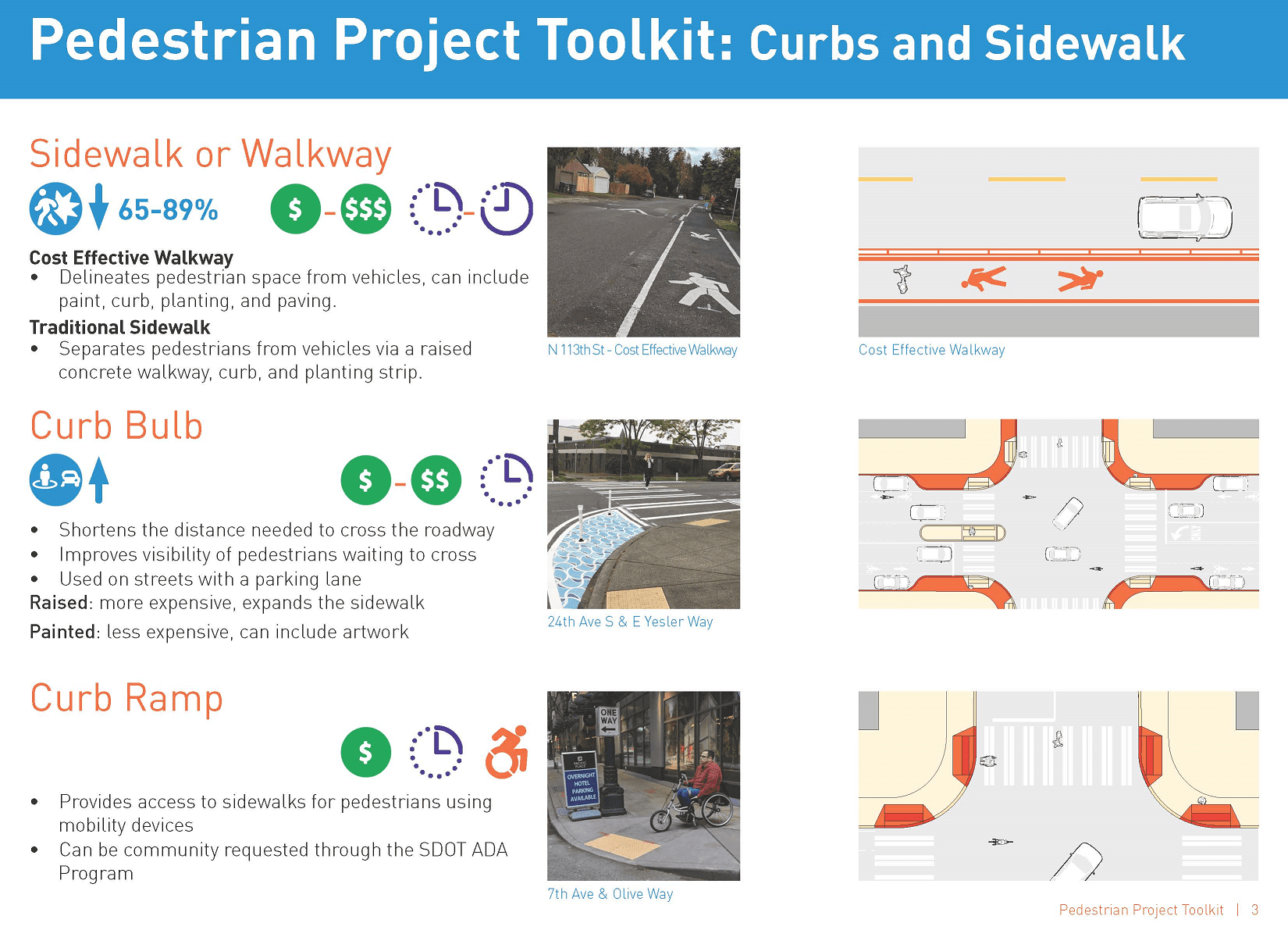
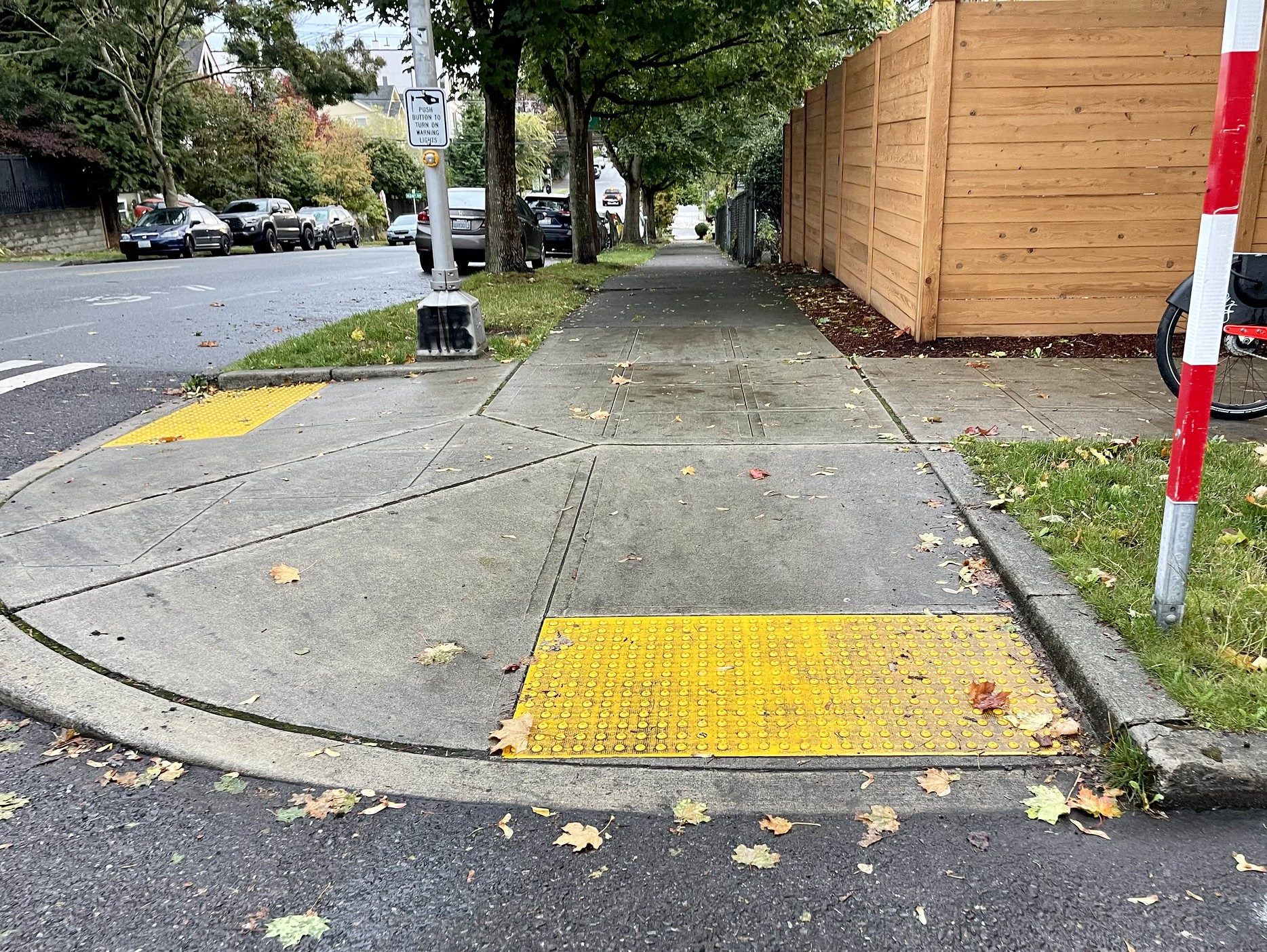
How SDOT partners with local communities to use this toolkit to help improve safety of people walking and rolling
We use the Pedestrian Projects Toolkit to work with community members and organizations in neighborhoods throughout Seattle. For example, the toolkit serves as a shared reference point when we go to in-person community meetings or site walks, or when we send it as a resource to our project email listservs or stakeholders.
It also helps to build a deeper and more contextualized understanding of safety and traffic calming infrastructure in Seattle. The toolkit helps describe the benefits and enhancements that each element can provide, and also offers a realistic assessment of the typical cost, timeline, and other considerations for each type of pedestrian safety infrastructure.
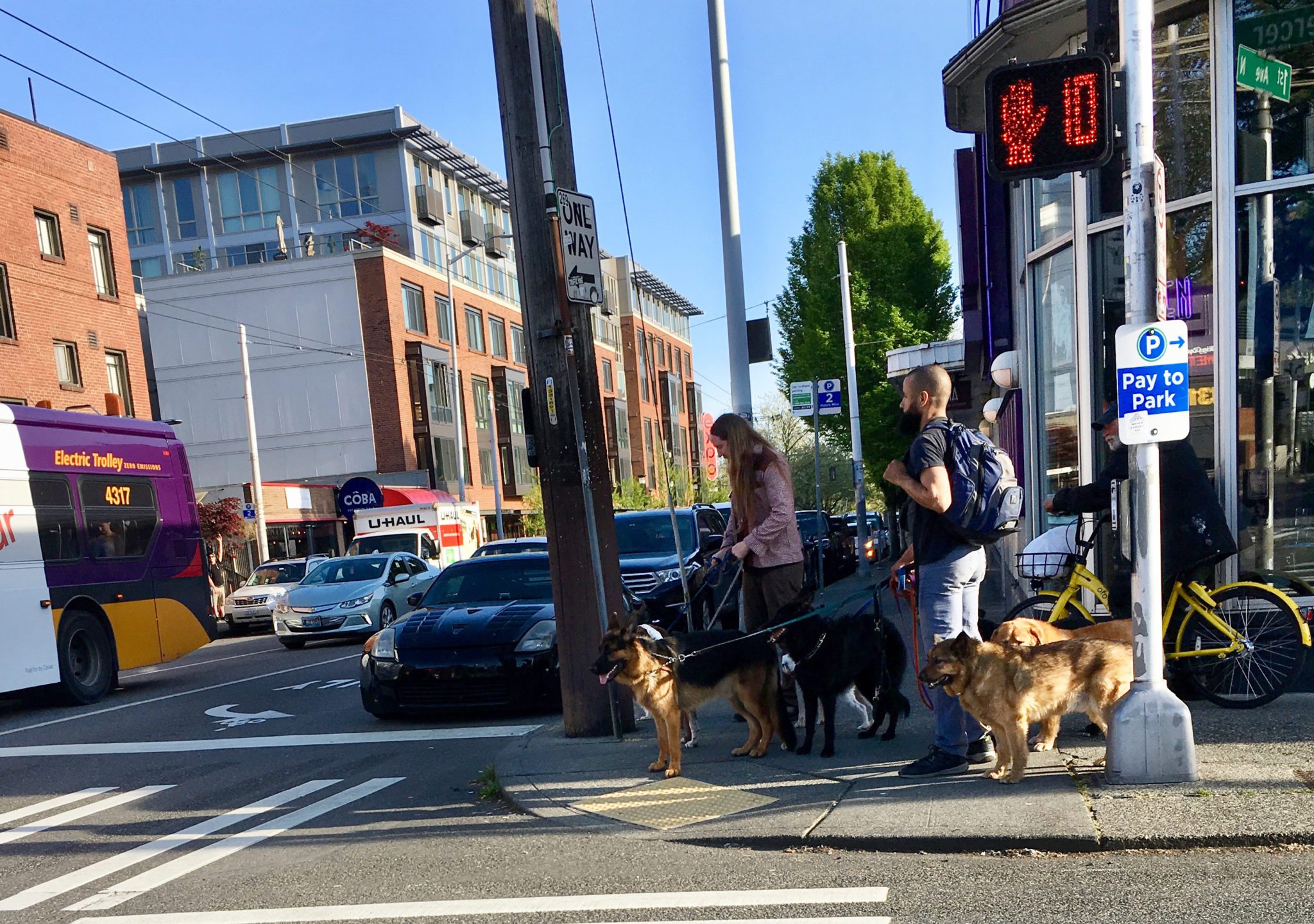
What’s next?
Please stay tuned to the SDOT Blog. We’ll soon publish a follow-up blog post highlighting our work to elevate equity in our Pedestrian Program, by conducting a Pedestrian Racial Equity Analysis to better understand existing barriers to safe and comfortable travel by people walking and rolling in Seattle – especially historically and currently underserved community members and our most vulnerable community members.
This upcoming blog post will also include a short 2-minute video highlighting the different types of safety infrastructure we evaluate and install to enhance safety, comfort, and access for people walking and rolling, and work to ensure we make progress in advancing equity, which is one of our core values and goals at SDOT.
Thank you for your interest in this vitally important topic. We wish you a safe and healthy day and smooth travels during your next trip.